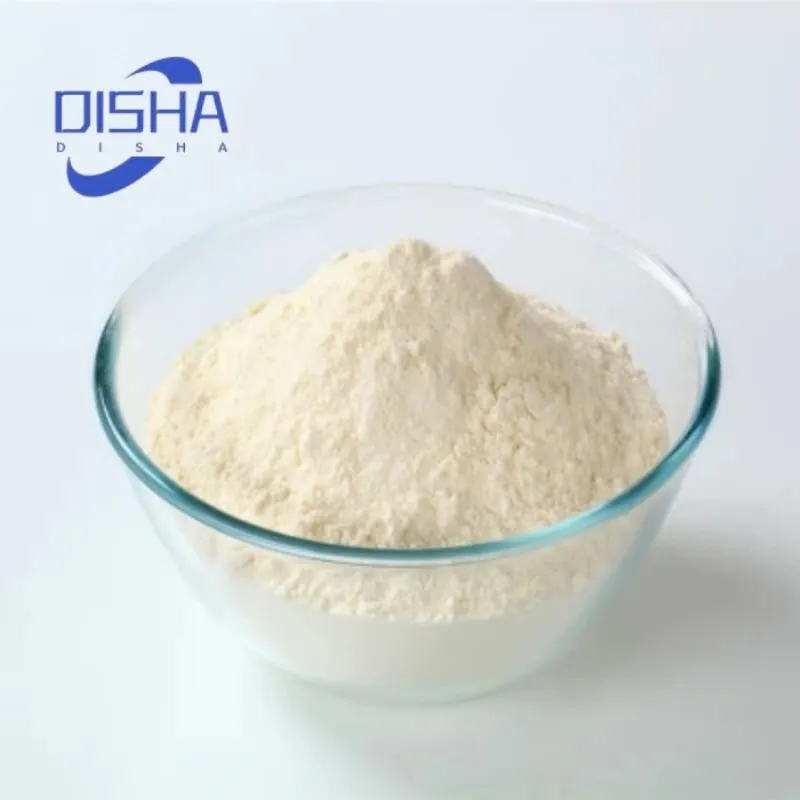Warning: Undefined array key "title" in /home/www/wwwroot/HTML/www.exportstart.com/wp-content/themes/1198/header.php on line 6
Warning: Undefined array key "file" in /home/www/wwwroot/HTML/www.exportstart.com/wp-content/themes/1198/header.php on line 7
Warning: Undefined array key "title" in /home/www/wwwroot/HTML/www.exportstart.com/wp-content/themes/1198/header.php on line 7
Warning: Undefined array key "title" in /home/www/wwwroot/HTML/www.exportstart.com/wp-content/themes/1198/header.php on line 7
- Afrikaans
- Albanian
- Amharic
- Arabic
- Armenian
- Azerbaijani
- Basque
- Belarusian
- Bengali
- Bosnian
- Bulgarian
- Catalan
- Cebuano
- China
- China (Taiwan)
- Corsican
- Croatian
- Czech
- Danish
- Dutch
- English
- Esperanto
- Estonian
- Finnish
- French
- Frisian
- Galician
- Georgian
- German
- Greek
- Gujarati
- Haitian Creole
- hausa
- hawaiian
- Hebrew
- Hindi
- Miao
- Hungarian
- Icelandic
- igbo
- Indonesian
- irish
- Italian
- Japanese
- Javanese
- Kannada
- kazakh
- Khmer
- Rwandese
- Korean
- Kurdish
- Kyrgyz
- Lao
- Latin
- Latvian
- Lithuanian
- Luxembourgish
- Macedonian
- Malgashi
- Malay
- Malayalam
- Maltese
- Maori
- Marathi
- Mongolian
- Myanmar
- Nepali
- Norwegian
- Norwegian
- Occitan
- Pashto
- Persian
- Polish
- Portuguese
- Punjabi
- Romanian
- Russian
- Samoan
- Scottish Gaelic
- Serbian
- Sesotho
- Shona
- Sindhi
- Sinhala
- Slovak
- Slovenian
- Somali
- Spanish
- Sundanese
- Swahili
- Swedish
- Tagalog
- Tajik
- Tamil
- Tatar
- Telugu
- Thai
- Turkish
- Turkmen
- Ukrainian
- Urdu
- Uighur
- Uzbek
- Vietnamese
- Welsh
- Bantu
- Yiddish
- Yoruba
- Zulu
Dec . 10, 2024 18:39 Back to list
Understanding the Impact of Xanthan Gum and Its GMO Variants on Food Industry
Understanding Xanthan Gum and Its GMO Status
Xanthan gum is a widely used thickening agent and stabilizer in the food industry, pharmaceutical products, and cosmetic formulations. It is produced through the fermentation of sugars by the bacterium Xanthomonas campestris. This biopolymer has gained popularity due to its unique properties, such as providing a desirable texture, improving viscosity, and helping to stabilize emulsions. However, as consumers become more health-conscious and aware of the ingredients in their food, discussions around xanthan gum often touch on whether it is derived from genetically modified organisms (GMOs). This article aims to explore xanthan gum, its production, and the implications of its GMO status.
Xanthan Gum Production
The production of xanthan gum typically involves a fermentation process where Xanthomonas campestris is cultivated in a sugar-rich environment, which can include corn, wheat, or other carbohydrate sources. The bacterium ferments the sugars to produce xanthan gum, which is then extracted, purified, and dried into a powder form. The raw materials used for fermentation can come from both non-GMO and GMO sources. This variation raises questions regarding the final product's GMO status.
GMO Considerations
The term genetically modified organism refers to organisms whose genetic material has been altered in a way that does not occur naturally. In the context of xanthan gum, the primary concern arises from the ingredients used for fermentation. If corn or other carbohydrate sources derived from genetically modified plants are used, some consumers may wonder whether the xanthan gum is considered GMO as well.
Regulatory Standards
In many countries, regulatory agencies such as the U.S. Food and Drug Administration (FDA) and the European Food Safety Authority (EFSA) have stringent guidelines regarding the labeling and safety of GMOs. Xanthan gum is generally recognized as safe (GRAS), meaning it can be used in food products without specific labeling requirements as long as it's considered safe for consumption.
xanthan gum gmo

However, if a product contains xanthan gum derived from GMO sources, according to local regulations, it may be subject to labeling requirements. For example, in the European Union, food products containing GMOs must be labeled as such, allowing consumers to make informed choices.
Consumer Perspectives
The debate over GMOs continues to be polarizing. Many consumers prefer to avoid genetically modified ingredients due to health concerns, environmental impact, and ethical considerations. As a result, there is a growing demand for non-GMO products. In response, food manufacturers often specify non-GMO on their packaging, providing assurance to consumers.
For xanthan gum, brands focusing on natural and organic products often highlight their non-GMO status to attract health-conscious consumers. In contrast, products made with xanthan gum sourced from GMO ingredients may not label this information explicitly, leading to consumer confusion.
Conclusion
In summary, xanthan gum itself is a safe and effective ingredient widely used across various industries. However, its GMO status can be influenced by the sources of carbohydrates used during its fermentation process. As consumers continue to seek transparency and better understand the implications of GMOs in their food, it becomes essential for manufacturers to provide clear labeling and information.
Ultimately, whether xanthan gum is viewed positively or negatively may depend on individual consumer preferences and their stance on genetically modified ingredients. As the food industry evolves, maintaining open communication about ingredient sourcing will be crucial in building trust and ensuring that consumers can make informed choices about the products they consume. Whether you are a manufacturer, a retailer, or a conscientious consumer, understanding the dynamics of xanthan gum and its GMO status is essential in today’s health-focused market.
Latest news
-
Certifications for Vegetarian and Xanthan Gum Vegetarian
NewsJun.17,2025
-
Sustainability Trends Reshaping the SLES N70 Market
NewsJun.17,2025
-
Propylene Glycol Use in Vaccines: Balancing Function and Perception
NewsJun.17,2025
-
Petroleum Jelly in Skincare: Balancing Benefits and Backlash
NewsJun.17,2025
-
Energy Price Volatility and Ripple Effect on Caprolactam Markets
NewsJun.17,2025
-
Spectroscopic Techniques for Adipic Acid Molecular Weight
NewsJun.17,2025

